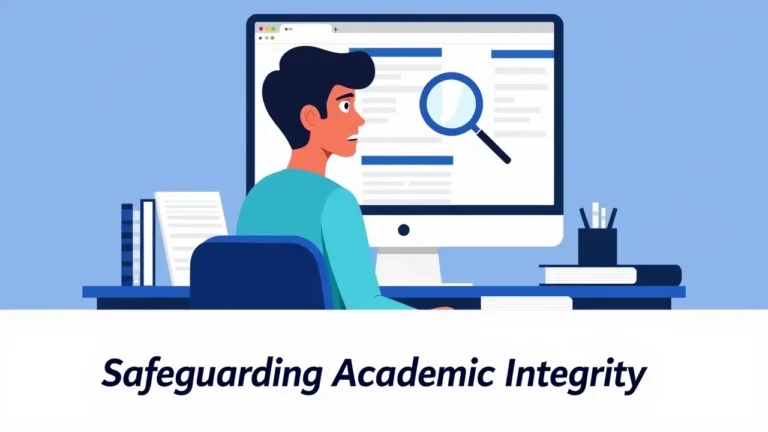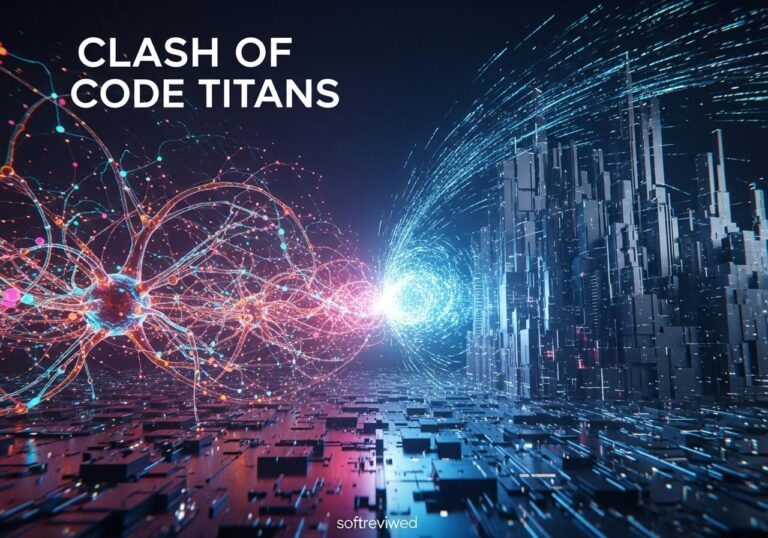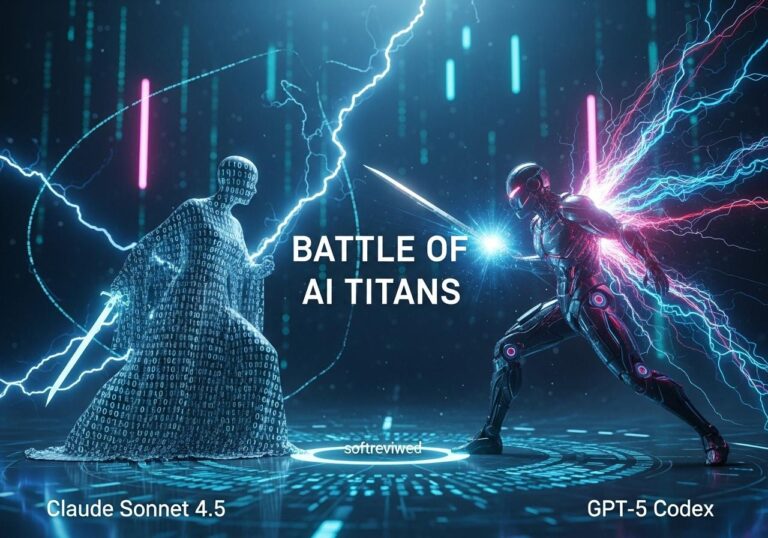🎓 ChatGPT and Academic Integrity
The rise of AI-generated text poses new challenges for educators and students alike.
🚨 Academic Integrity Concerns
ChatGPT-generated text can evade plagiarism detectors, making it challenging for educators to identify cheating.
⚖️ Educator’s Dilemma
AI detection software is often unreliable, while proper pedagogy is essential to address this new reality in education.
❌ False Accusations
AI tools can mistakenly identify human-generated text as AI-generated, leading to unfair penalties for innocent students.
📚 Pedagogy Adjustments
Educators must adapt their teaching methods to include more holistic evaluations to mitigate the impact of generative AI on academic integrity.
💡 Effective AI Use
AI can be a valuable tool for students if used responsibly and with proper citation, enhancing the learning experience.
The Rise of AI-Generated Content in Education
Artificial intelligence has made incredible strides in recent years, particularly in natural language processing. While this progress brings exciting possibilities, it also raises concerns about potential misuse – especially in academic settings. As AI language models like ChatGPT become more sophisticated, there’s a growing risk of students using them to generate essays, reports, and other assignments.
This trend threatens the fundamental principles of education, potentially undermining the learning process and the value of academic qualifications. In response, OpenAI, the organization behind ChatGPT, has developed a groundbreaking tool to detect AI-generated content and protect academic integrity.
OpenAI’s New AI Detection Tool
According to recent reports, OpenAI has created a powerful tool designed to catch “AI cheaters” – those who attempt to pass off AI-generated content as their own work. While full details have not been released, this tool represents a significant step in addressing one of the most pressing concerns surrounding AI in education.
The tool’s primary function is to analyze submitted work and determine whether it was likely produced by an AI system or written by a human. This capability could prove invaluable for educators struggling to maintain academic honesty in an era of increasingly capable AI writing assistants.
Key Features and Capabilities
- Content Analysis: The tool examines the structure, style, and content of submitted work to identify telltale signs of AI generation.
- Pattern Recognition: It likely employs advanced algorithms to detect patterns typical of AI-produced text.
- Integration Potential: The system could potentially integrate with existing learning management systems and plagiarism detection tools.
- Continuous Learning: As AI writing models evolve, the detection tool will likely be updated to keep pace with new techniques.
The Need for AI Cheating Detection
The development of this tool comes at a critical time. A study published in ScienceDirect highlights the alarming ability of AI systems like ChatGPT to produce convincing educational content, including abstracts that can deceive even experienced scientists. This underscores the urgent need for reliable detection methods.
Some key factors driving the need for AI cheating detection include:
- Rapid AI Advancement: The capabilities of AI writing tools are improving at a breakneck pace.
- Ease of Access: Many powerful AI writing tools are freely available online.
- Academic Pressure: Students facing tight deadlines or struggling with coursework may be tempted to use AI assistants.
- Difficulty in Manual Detection: It’s becoming increasingly challenging for educators to distinguish between human and AI-written content without technological assistance.
Potential Impact on Education

The introduction of OpenAI’s AI cheating detection tool could have far-reaching implications for the education sector:
Short-Term Effects
- Deterrence: The mere existence of such a tool may discourage students from attempting to use AI-generated content.
- Increased Vigilance: Educators may become more proactive in checking for AI-generated submissions.
- Policy Updates: Educational institutions may need to update their academic integrity policies to address AI-generated content explicitly.
Long-Term Implications
- Evolving Assessment Methods: The availability of AI detection tools may lead to changes in how student work is evaluated.
- Emphasis on Process: There could be a shift towards assessing the process of creating work, not just the final product.
- AI Literacy: Understanding how to work alongside AI while maintaining academic integrity may become an essential skill for students.
Challenges and Controversies
While OpenAI’s tool shows promise, it also raises several concerns and potential challenges:
Accuracy and False Positives
One of the primary concerns is the potential for false positives – instances where the tool incorrectly flags human-written content as AI-generated. This could unfairly penalize students who have produced original work.
Privacy Concerns
The use of such a tool may raise privacy issues, as it requires analyzing student submissions in detail. Clear guidelines will be needed to ensure student data is protected.
Adaptation by AI Models
As detection tools become more sophisticated, AI writing models may evolve to produce text that’s harder to distinguish from human writing. This could lead to an ongoing “arms race” between AI generation and detection technologies.
Impact on Creativity
Some educators worry that the widespread use of AI detection tools could stifle creativity, making students overly cautious about their writing style.
Expert Opinions
Experts in the field of AI and education have weighed in on the implications of AI detection tools:
“AI is a tool that will be used by humans for all sorts of purposes, including in the pursuit of power.” – danah boyd, Principal Researcher at Microsoft Research
This quote highlights the dual nature of AI technology – while it can be used to enhance learning, it can also be misused, necessitating tools like OpenAI’s detector.
Implementation and Best Practices
For educational institutions considering implementing AI detection tools, here are some best practices to consider:
- Clear Communication: Inform students about the use of AI detection tools and the consequences of submitting AI-generated work.
- Holistic Approach: Use AI detection as part of a broader strategy to promote academic integrity, not as a standalone solution.
- Regular Updates: Ensure the detection tool is regularly updated to keep pace with advancements in AI writing technology.
- Teacher Training: Provide educators with training on how to use and interpret results from AI detection tools.
- Appeal Process: Establish a clear process for students to appeal if they believe their work has been incorrectly flagged.
The Future of AI in Education
The development of AI detection tools like OpenAI’s is just one aspect of the broader impact of AI on education. As we move forward, we can expect to see:
- AI-Assisted Learning: Increased use of AI to provide personalized learning experiences.
- Evolving Job Skills: A greater emphasis on skills that AI can’t easily replicate, such as critical thinking and creativity.
- Ethical AI Use: More discussions and guidelines around the ethical use of AI in academic settings.
- Hybrid Approaches: Educational models that blend human instruction with AI-powered tools.
Conclusion
OpenAI’s AI cheating detection tool represents a significant step in addressing the challenges posed by AI-generated content in education. While it offers a potential solution to maintaining academic integrity, its implementation will require careful consideration of accuracy, privacy, and overall impact on the learning process.
As AI continues to advance, the relationship between technology and education will undoubtedly evolve. Tools like this highlight the need for ongoing dialogue between educators, technologists, and policymakers to ensure that AI enhances rather than undermines the educational experience.
Ultimately, the goal is to create an educational environment that harnesses the benefits of AI while preserving the core values of original thinking, creativity, and academic honesty. As we navigate this new landscape, it’s crucial to remain adaptable, informed, and focused on the fundamental aims of education.
Frequently Asked Questions
Q: Does using AI detection tools raise privacy concerns?
A: Yes, there are potential privacy concerns related to analyzing student work. Educational institutions will need to establish clear policies on data usage and protection.
Q: How can educators prepare for the implementation of AI detection tools?
A: Educators can stay informed about AI developments, participate in training programs, and contribute to discussions on academic integrity policies in the age of AI.
By staying informed and engaged with these developments, educators and students alike can navigate the changing landscape of AI in education more effectively.
AI Detection Classifier Performance
This chart illustrates the performance metrics of OpenAI’s AI detection classifier, highlighting its limitations in accurately identifying AI-generated content.







